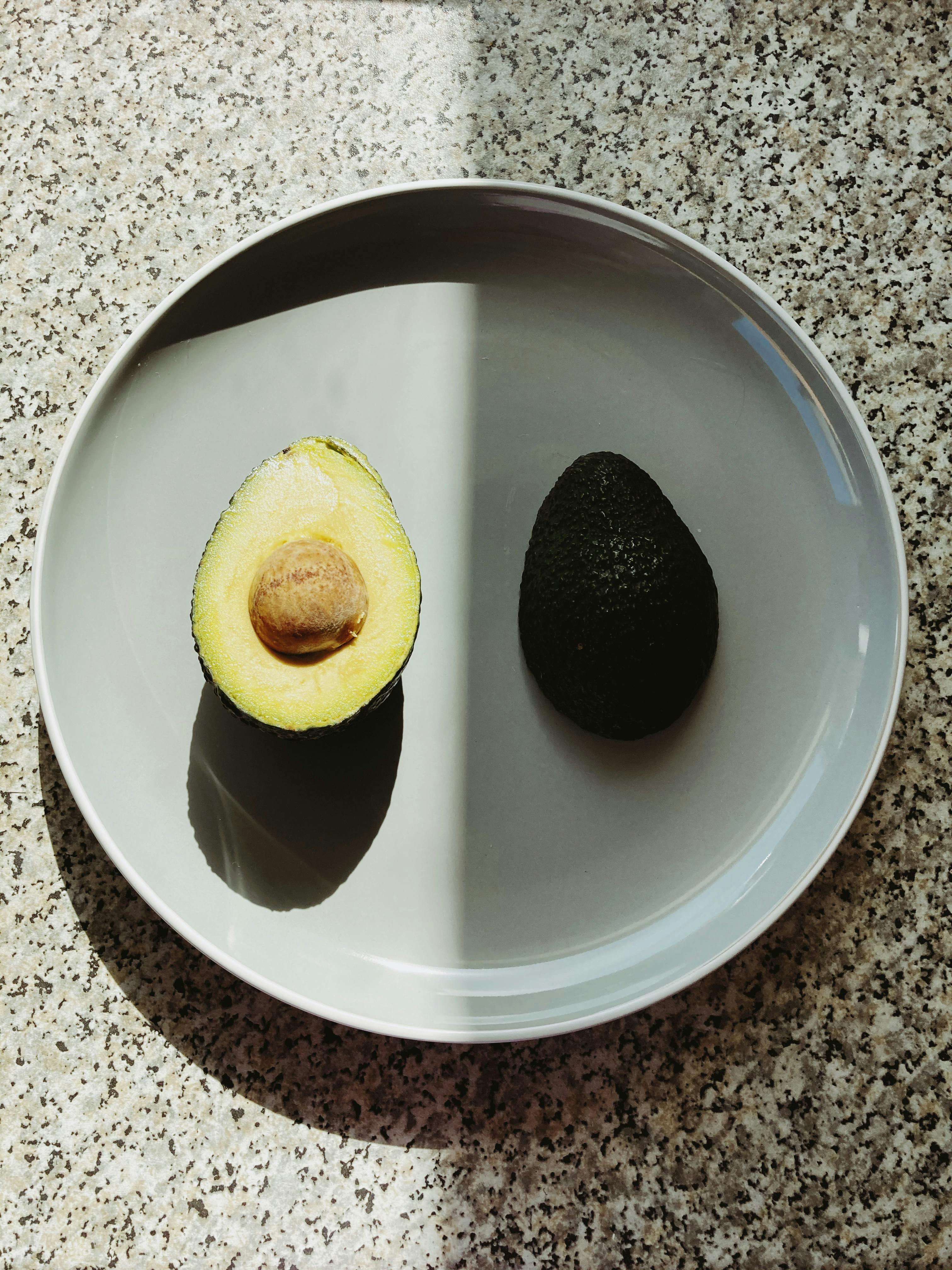Essential Guide to Growing Sweet Potatoes Effectively in 2025
Sweet potatoes are a versatile and nutritious crop that has gained popularity in recent years due to their health benefits and delicious culinary applications. This comprehensive guide will explore how to grow sweet potatoes effectively, covering everything from planting sweet potatoes to harvesting and storing them. With proper care and attention, you can enjoy a bountiful harvest of these vibrant tubers in your backyard or garden.
As a gardener, understanding the appropriate sweet potato care tips, soil requirements, watering needs, and pest control methods is essential for successful cultivation. Additionally, this guide will touch on unique techniques such as growing sweet potatoes in containers, propagation methods, and various sweet potato varieties. By the end of this article, you'll be equipped with the knowledge and tools needed to make the most of your sweet potato gardening experience.
We will delve into each aspect of sweet potato cultivation, including the best times for planting, optimal growing conditions, and effective management strategies. Additionally, you will find practical advice on troubleshooting common growth issues and suggestions for improving your sweet potato yield. So, let’s dig deep into our essential guide to growing sweet potatoes in 2025!
How to Prepare and Plant Sweet Potatoes
Building on the importance of planning, the first step in growing sweet potatoes is selecting the right planting method. Knowing how to plant sweet potatoes can set the stage for a successful harvest. Start with the best time to plant sweet potatoes, which generally falls between late spring and early summer once the soil temperature reaches a minimum of 65°F. This is crucial for the seed slips to develop properly.
Choosing the Right Location
Sweet potatoes thrive in full sunlight, requiring at least 6 to 8 hours of direct sunlight each day. Look for a location in your garden that receives ample sunlight and has good drainage. This is vital, as sweet potatoes are prone to rot in overly saturated soil.
Preparing the Soil
Before planting, ensure you use the right soil for sweet potatoes. Ideally, the soil should be loose, well-aerated, and rich in organic matter. Incorporate compost or well-decomposed manure to enhance soil fertility. Sweet potato soil requirements typically include a pH level between 5.8 and 6.5.
Understanding Planting Depth and Spacing
Correct planting depth is vital for healthy sweet potato root development. Plant sweet potatoes at a depth of about 4 inches, making sure the tops of the slips are just above the soil line. When it comes to spacing, sweet potato plants should be spaced 12-18 inches apart to allow ample room for their vine growth.
Watering and Fertilization Techniques
Sweet potato watering needs are critical, especially in the early stages of growth. Ensure the soil remains consistently moist but not waterlogged. Apply a balanced fertilizer at planting and follow up with periodic feedings as the plants grow. Using compost with sweet potatoes can provide additional nutrients throughout their growth stages.
Harvest Timing and Growth Stages
Understanding sweet potato growth stages will help you determine the ideal time for harvesting. Typically, sweet potatoes are ready to harvest 90 to 120 days after planting when the leaves begin to yellow and die back. The timing of the harvest is crucial for maximizing yield expectations.

Managing Sweet Potato Care: Techniques for Successful Growth
With the initial steps completed, the focus shifts to everyday care. Successful sweet potato gardening demands continuous monitoring of your plants' needs. Effective care includes mastering sweet potato pest control, disease management, and vine management to ensure a healthy crop.
Pest Control and Prevention
Common sweet potato pests such as the sweet potato weevil and aphids can significantly impact your harvest. Implementing pest issues control methods such as organic pesticides and introducing beneficial insects can help manage these threats effectively.
Disease Management Strategies
Sweet potato disease management is another critical aspect of growth. Common diseases like rot and leaf blight can hinder production. Rotate crops regularly, and consider practicing companion planting with crops that can deter pests and boost soil health.
Weed Control Methods
Sweeping weeds can steal nutrients and space from your sweet potatoes. Using mulch for sweet potatoes can prevent weed growth while retaining soil moisture. Additionally, regular hand-weeding is essential to keep garden beds clear of invasive plants.
Vine Management Techniques
Sweet potato vine management is vital for supporting healthy tuber growth. Encourage vines to spread and avoid overcrowding, which can hinder the development of sweet potato roots. Implementing proper support structures can help you manage space efficiently.
Exploring Sweet Potato Varieties
There are numerous sweet potato varieties to choose from, including Cajun sweet potatoes, Japanese sweet potatoes, and purple sweet potatoes. Selecting the best varieties for your climate can enhance your gardening success and provide you with diverse culinary options.
Harvesting and Storing Sweet Potatoes: Best Practices
Once the harvesting phase approaches, it's important to know the best practices for extracting your sweet potatoes. Additionally, understanding how to cure sweet potatoes after harvest is essential for optimal storage and long-lasting quality.
The Harvesting Process
To harvest sweet potatoes successfully, gently loosen the soil around the roots with a garden fork. Carefully lift the tubers to avoid bruising. Harvest during dry weather for optimal results, and inspect your haul for signs of rot or pest damage.
Curing for Longevity
Curing sweet potatoes involves storing them in a warm, humid environment for a week or two, which helps to enhance sweetness and heal cuts. Consider placing them in a dark room with a temperature range between 80°F and 85°F during this period.
Storage Tips for Freshness
Proper storage conditions for sweet potatoes can significantly extend their shelf life. They should be kept in a cool, dark, and dry area, ideally at a temperature of around 55°F. Avoid refrigeration, as it can negatively affect their flavor and texture.
Cooking and Enjoying Sweet Potatoes
Finally, sweet potatoes can be enjoyed in various delicious dishes. From sweet potato soups to savory snacks, their versatility makes them a staple in many households. Don't forget to explore sweet potato recipes and discover new ways to incorporate this nutritious vegetable into your meals.

Common Challenges and Solutions in Sweet Potato Gardening
Despite thorough preparations, gardeners may encounter obstacles like poor growth or pest infestations. Troubleshooting sweet potato growth problems requires knowledge of common issues and their effective solutions.
Understanding Growth Problems
Sweet potato growth problems can stem from various factors, including inadequate sunlight, poor soil quality, or incorrect watering schedules. Assessing these factors will help you identify underlying issues and implement appropriate solutions.
Coping with Environmental Factors
Monitoring environmental factors like temperature and humidity is crucial to successful sweet potato farming. Be aware of optimal sweet potato temperatures and prepare for fluctuations that can affect your crop yield.
Implementing Crop Rotation and Prevention Techniques
Practicing sweet potato crop rotation can significantly reduce the risk of disease and pest issues. Implementing crop rotation with legumes or other complementary plants can increase soil fertility and enhance sweet potato resilience.
Leveraging Expert Advice and Community Resources
Utilizing sweet potato farmer advice and connecting with local gardening communities can provide you with valuable insights. Engage in forums or attend local gardening events to learn best practices and share experiences with fellow enthusiasts.
Embracing Sustainable Practices
Lastly, exploring sustainable sweet potato farming techniques is vital for promoting ongoing growth and reducing environmental impacts. Focus on reducing chemical use, implementing composting, and fostering biodiversity to create a thriving garden ecosystem.
Conclusion: Embracing the Sweet Potato Journey
In summary, growing sweet potatoes effectively in 2025 involves a range of strategies, from understanding soil requirements to properly managing growth stages. With the right techniques in place, you can cultivate healthy and delicious sweet potatoes that contribute to your kitchen and local community.
The advantages of growing sweet potatoes extend beyond personal satisfaction; they also encompass commercial potential, especially as demand increases. By investing time and effort into learning about sweet potato gardening, you are paving the way for fruitful experiences and a rewarding harvest!
For further insights into sweet potato cultivation and unique techniques, visit our detailed articles on sweet potato gardening tips and planting guides.
